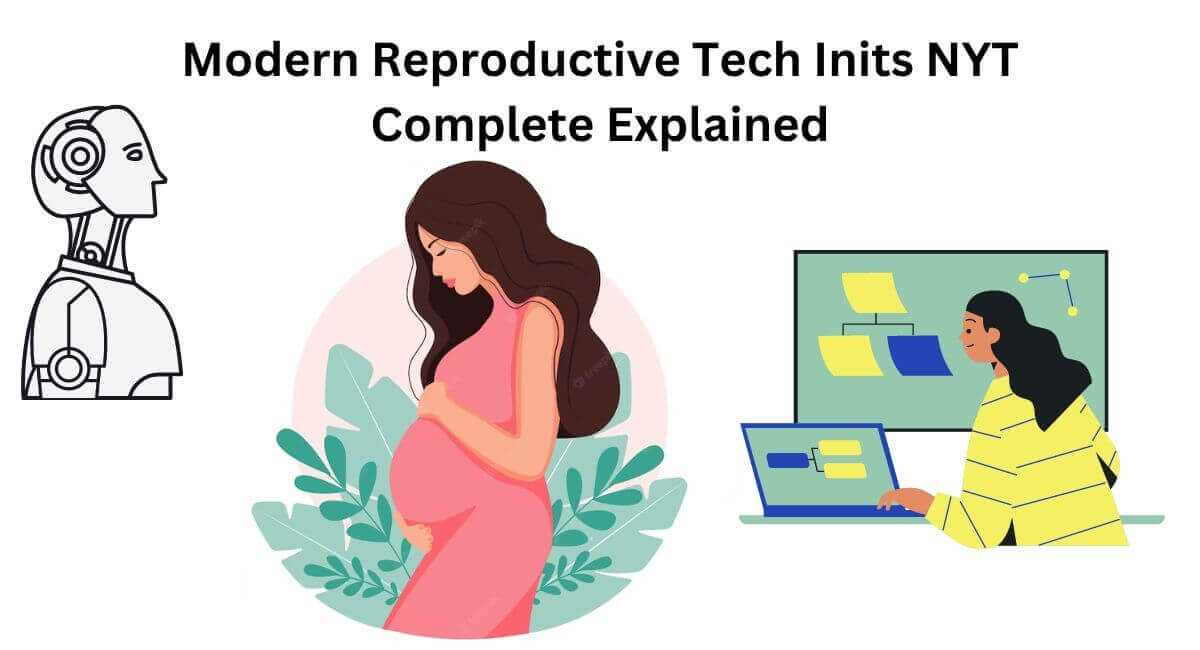The field of reproductive technology has witnessed remarkable advancements in recent years, revolutionizing how we approach fertility, pregnancy, and childbirth. One of the most influential sources of information on these developments is The New York Times (NYT). In this blog post, we read about world of Modern Reproductive Tech Inits NYT. It is discussing their implications, challenges, and the ethical considerations that come along.
The Rise of Reproductive Technologies
The medical science improvement allows for a reproductive technologies to address infertility, optimize pregnancy outcomes, and allow more personalized family planning. These technologies bring a broad spectrum. It is from assisted reproductive techniques and like vitro fertilization (IVF) to genetic screening and editing. It is giving individuals and couples new opportunities to fulfill their dreams of parenthood.
The Role of The New York Times
It is a prominent source of news and information. The New York Times plays a crucial role in disseminating knowledge about modern reproductive technologies. The newspaper bring features in-depth articles, opinion pieces, and investigative reports that shed light on these technologies’ latest developments, challenges, and societal impacts. The New York Times facilitates informed discussions on complex topics like reproductive health.
Advancements in Assisted Reproductive Techniques
Assisted reproductive techniques have evolved significantly, offering hope to couples struggling with infertility. The New York Times frequently reports on the latest breakthroughs in IVF, embryo selection, and egg freezing. These advancements increase the chances of conception and provide more options for delaying parenthood to pursue education, career goals, or to find the right partner. Read about Nature Moms Blog Green and Natural Parenting now.
Genetic Screening and Editing
The ability genetic disorders have transformed the landscape of reproductive decision-making. The New York Times has covered the development and ethical implications of technologies like preimplantation genetic testing (PGT), which allows parents to choose embryos free from certain genetic diseases. Moreover, the potential of gene editing tools like CRISPR-Cas9 has raised questions about the limits of human intervention in genetic makeup.
Challenges and Ethical Considerations
While modern reproductive technologies offer immense potential, they also raise significant ethical dilemmas. The New York Times highlight surrounding issues such as the commodification of reproductive materials, the potential for designer babies, and the long-term health implications of certain interventions. These discussions emphasize the importance of responsible innovation, regulation, and informed consent in reproductive health.
Inclusivity and Accessibility
The accessibility of reproductive technologies has been another focal point in The New York Times coverage. These technologies can be costly and may not be equally accessible to everyone. The newspaper has explored the disparities that arise and the potential consequences of exacerbating existing societal inequalities. The discussions around affordable fertility treatments and equitable access ensure that the discourse remains sensitive to these concerns.
Impact on Social Norms and Family Dynamics
Modern reproductive technologies have also prompted a reevaluation of traditional notions of family and parenthood. The New York Times articles have examined how these advancements challenge cultural norms, redefine gender roles, and open new possibilities for LGBTQ+ couples and individuals to become parents. The evolving landscape of family dynamics continues to be a subject of intrigue and debate.
Sum up
The Modern Reproductive Tech Inits NYT is an invaluable platform for navigating the complex terrain of modern reproductive technologies. The newspaper bring informed discussions that can shape public opinion and policy decisions by covering the latest advancements, ethical considerations, challenges, and societal implications. As reproductive technologies evolve, staying informed through sources like The New York Times is crucial to fostering responsible innovation, ensuring equitable access, and navigating the intricate intersection of science, ethics, and human aspirations.



